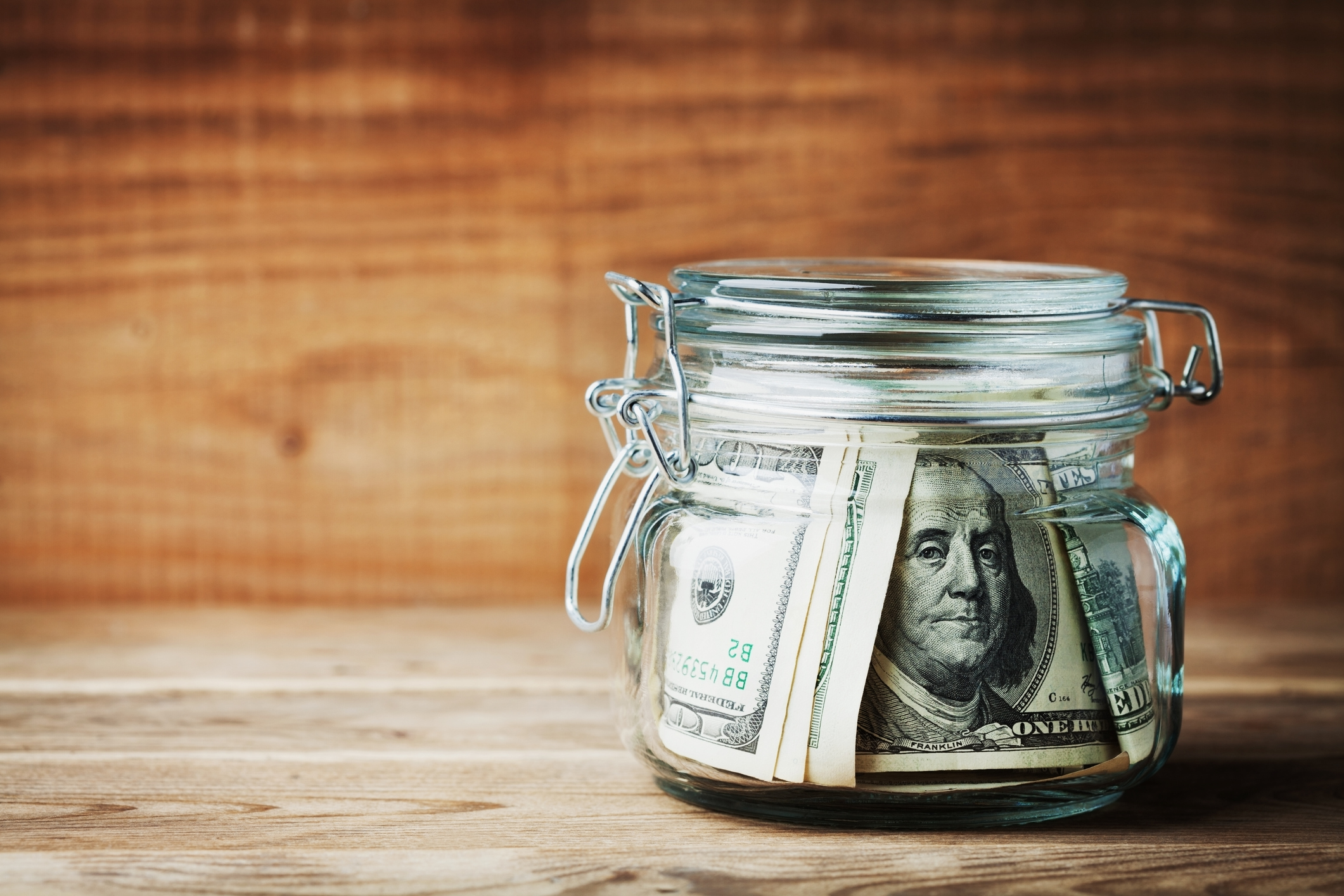83 Miles Per Hour

Pretend you have been driving on the Interstate at 100 miles per hour.
Also, pretend you have been doing that for a long time.
Now pretend you slow down to 83 miles per hour.
How would that feel?
It would probably feel slow, right?
83 miles per hour is a 17% decrease from 100. It may feel slow, but it’s still pretty fast.
How does this relate to real estate?
Well, the market has been moving fast for a long time.
It’s been going 100 miles per hour for at least two years (some would argue even longer).
We’ve recently seen a 17% change in terms of number of transactions that are occurring.
There were 17% fewer sales in October 2018 versus October 2017 in Metro Denver.
It feels slow because we’ve been driving so fast for so long. But, our market is still moving.
For example, prices are still up. So, remember, that it’s all relative.
FUNdamentals

In times of change (like now), it’s valuable to look at the fundamentals of our market.
Let’s have some fun with fundamentals…
1. Our economy is healthy – since 1990, the unemployment rate in Colorado has never been higher than the U.S. unemployment rate. Ever. Unemployment in Colorado sits at 2.7% today while the rate across the U.S. is 4.0%.
2. People keep moving here – since 2005 our population has grown by just over a million people which is roughly 77,000 per year (about the size of Mile High Stadium).
3. Our real estate outperforms other places – according the Federal Housing Finance Authority, Colorado is the #1 state for home price appreciation since 1990.
A History Lesson

 One of the most common questions we hear from clients is “Where do you think interest rates are going?”
One of the most common questions we hear from clients is “Where do you think interest rates are going?”
Virtually all of the experts we follow put rates above 5% going into next year and some see rates approaching 5.5% by the middle of 2019. What’s certain is that there are economic forces at work that are pushing rates higher.
So, how about a little history lesson? How do today’s 30- year mortgage rates compare to this same date in history going all the way back to 1990?
• Today = 4.85%
• 2017 = 3.94%
• 2015 = 3.82%
• 2010 = 4.27%
• 2005 = 5.98%
• 2000 = 7.84%
• 1995 = 7.75%
• 1990 = 10.22%
While today’s rates feel high only because they are higher than 2017, they are quite a bit lower than at many times in history.
Limited Choices

Pretend that customer walks into our office and tells us they are looking for a single family home in Fort Collins. We would tell them that there  are 314 to choose from. But if they told us their price range is up to $300,000, their choices would be limited to just 10 homes.
are 314 to choose from. But if they told us their price range is up to $300,000, their choices would be limited to just 10 homes.
Our Crystal Ball

 Facebook
Facebook
 X
X
 Pinterest
Pinterest
 Copy Link
Copy Link



